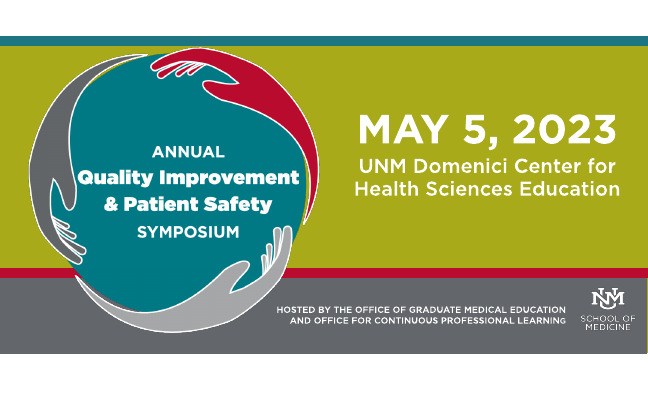Document Type
Poster
Publication Date
5-5-2023
Abstract
INTRODUCTION: Atmospheric concentrations of inhaled anesthetic gasses are estimated to be 100,000 times lower than carbon dioxide, but responsible for an estimated 10-15% of anthropogenic forcing of climate. Desflurane is a particularly potent greenhouse gas, with each kg of desflurane heating the atmosphere as much as 3,714 kgs of CO2. Isoflurane is also a potent greenhouse gas, but has a lower environmental impact, is more widely used for cardiac surgeries around the United States, and costs less than desflurane. Additionally, healthcare costs can be reduced by making small changes without sacrificing high value care.
AIM: This project estimated total carbon-equivalency and economic cost of using desflurane in the cardiac OR, and approximated isoflurane use as a comparison.
METHODS: Data from all cardiac bypass surgeries that occurred in 2021 at UNMH. Variables that were collected included procedure duration, average dose of desflurane, gas sweep and total dose. Additionally, 2 cardiac surgeries were trialed using isoflurane instead of desflurane. These procedures showed that an average of 1% concentration would be used in most cardiac bypass surgeries. Isoflurane cost projections were made using pricing data from the UNMH pharmacy, procedure duration, gas sweep, with the assumption that a 1% concentration would have been used. Cost of desflurane per liter, cost of desflurane per “average” cardiac surgery were calculated using cost of desflurane in 2022. Carbon equivalencies were calculated using dose of desflurane and dose estimation of isoflurane, and each drug’s global warming potential (GWP).
RESULTS: Total cost of using desflurane for CBPs in 2021 cost $3,309.44. Using 1% isoflurane estimate for these surgeries would have costed a total of $111.29, with a total savings of $3,198.15. The total CO2 equivalency of using desflurane in 2021 was 3,269.4 kg CO2. A switch to isoflurane would have saved 3,156.2 kg in CO2-equivalencies.
DISCUSSION: Making small changes that lead to overall reductions in carbon emissions is an essential aspect of reducing healthcare system-associated public health risk. In almost all cases where quality improvement projects aim to reduce environmental impacts, economic benefits are present as well. Additionally, none of these studies have shown evidence for trade-offs when it comes to patient health and safety. In this study, the cost to replace a desflurane vaporizer with an isoflurane vaporizer on the perfusion machines is $4,174.67; using isoflurane instead of desflurane would pay for this replacement in 1.3 years if the same number of CBPs are performed each year. The carbon savings that come from switching to desflurane would be similar to flying from Albuquerque to Shanghai. When compared to the health system as a whole, or even UNMH’s yearly budget, this change may seem inconsequential. However, many small changes are necessary in order to begin the process of reducing carbon footprint. In the future, UNM may benefit from taking advantage of federal tax programs that reward reductions in greenhouse gas emissions that could compound the monetary benefit of using a less-expensive alternative to desflurane in cardiac bypass surgeries.
Recommended Citation
Sanchez, Bethany; Joseph Freeman; Angela Akbarpour; Ranjani Venkataramani; and Karyn Nunez. "Reducing the Environmental Impact of CBP Surgery: Economic and Environmental Considerations of Desflurane Replacement." (2023). https://digitalrepository.unm.edu/hsc_qips/82


Comments
Poster Presented at UNM Health Sciences Center Quality Improvement & Patient Safety Symposium 2023